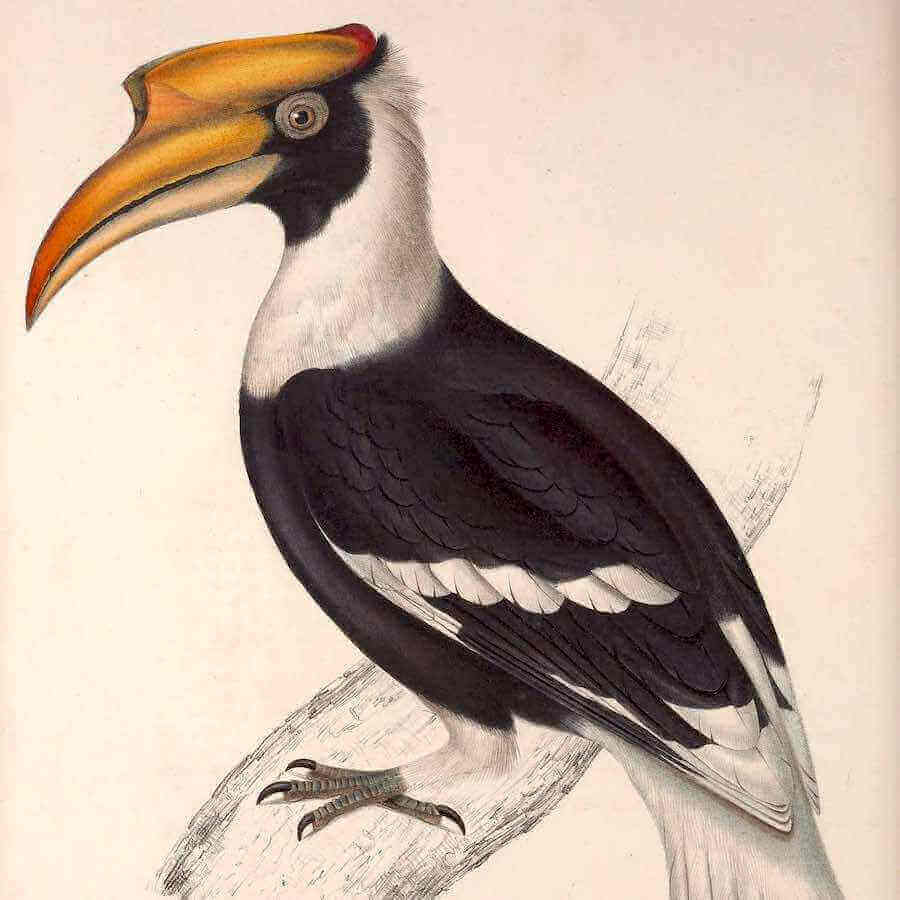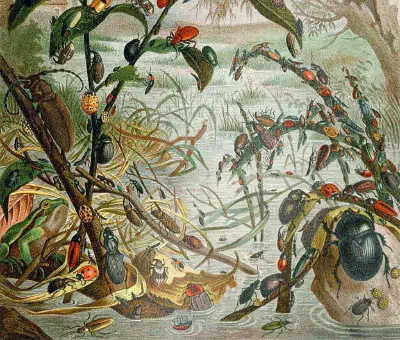Last year, I was invited by the Chinbridge Institute in Chin State, Myanmar to contribute to the development of their new one-year diploma programme. So I’ve been working in conjunction with Chinbridge and brilliant education provider Mote Oo on co-developing an introduction to philosophy curriculum, and a curriculum for a new course on Chin History, Identity and Culture.
The Chinbridge team are exceptionally talented, and are seeking to deliver high-quality education in the most difficult of circumstances. So it has been a pleasure to work with them. We’ve trialled the philosophy curriculum, and it’s been a lot of fun (even if it meant getting up at 6 am on a Saturday to join in the fun remotely from here in Scotland). Later this year, we’ll be trialling the course on Chin history, culture and identity.
I’m particularly excited by this latter course. It draws on everything from politics to anthropology, from philosophy to history as it explores the complexities of Chin identity in its cultural and historical frameworks. There’s so much in the course: from legendary accounts of the early history of Chin peoples (in a time “when the rocks were still soft”), to indigenous history drawn from stone inscriptions; from the brutal realities of British colonialism to the history of Chin state in Myanmar; and from traditional religious frameworks (including the gloriously-named concept of “life force”, or zing) to contemporary Chin religious identity.
I’ve also learned a lot while working on this syllabus. And so I can’t wait to see how it goes when the teaching starts.
Image: Hornbill, the national bird of Chin State. Public domain via Wikimedia Commons.



